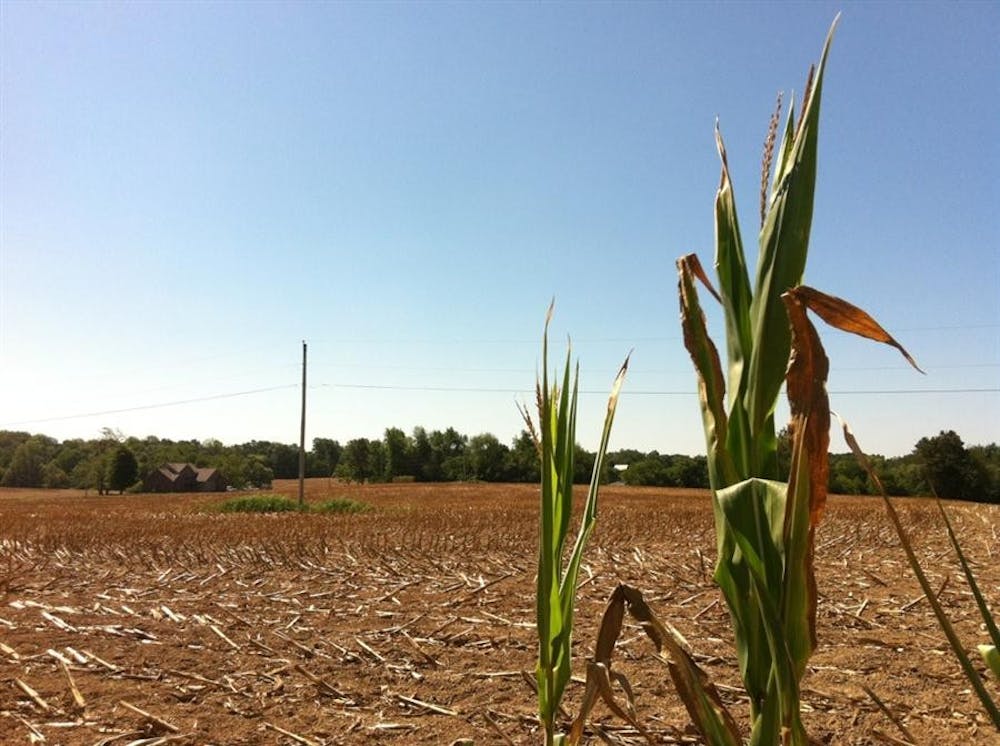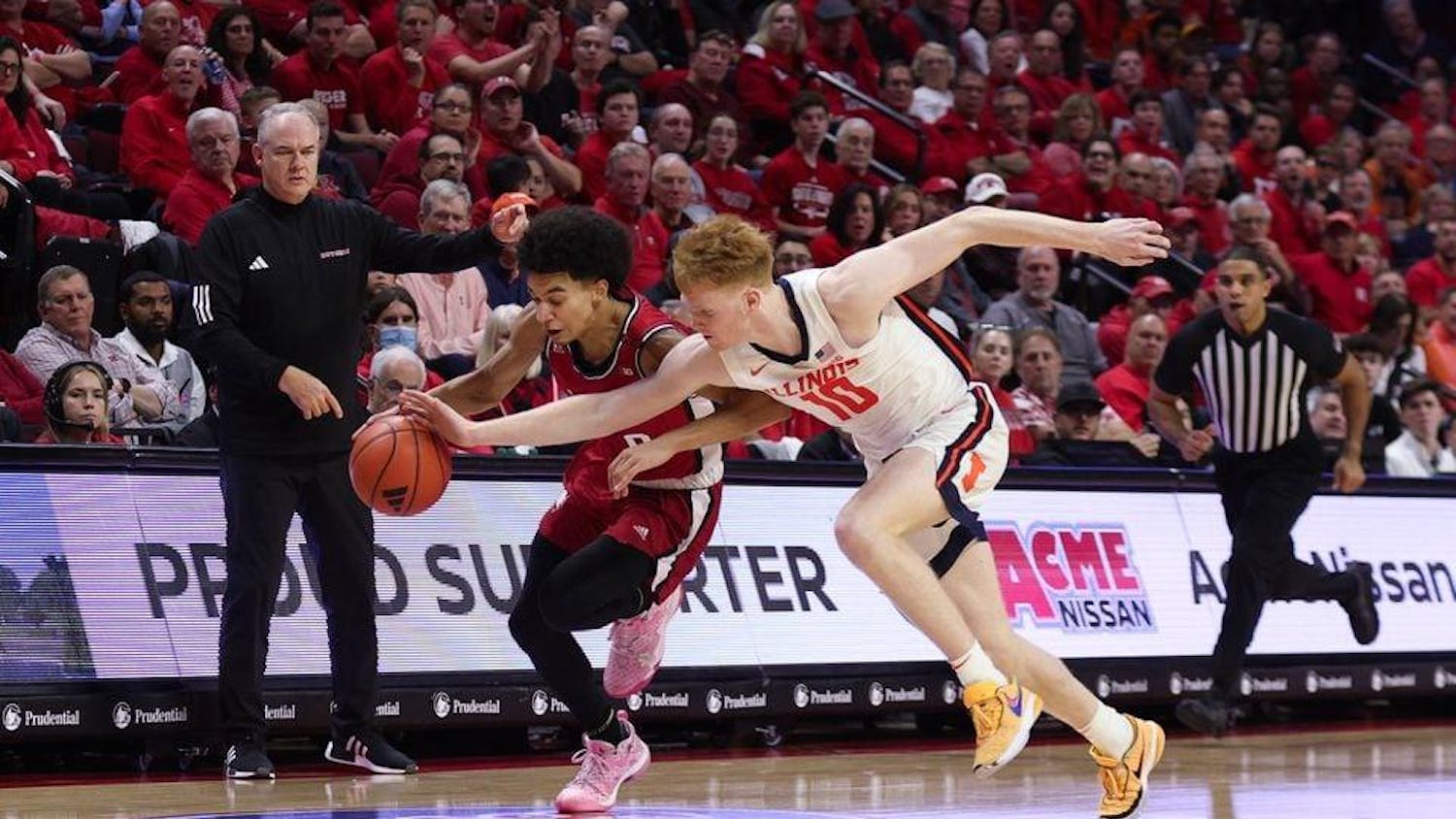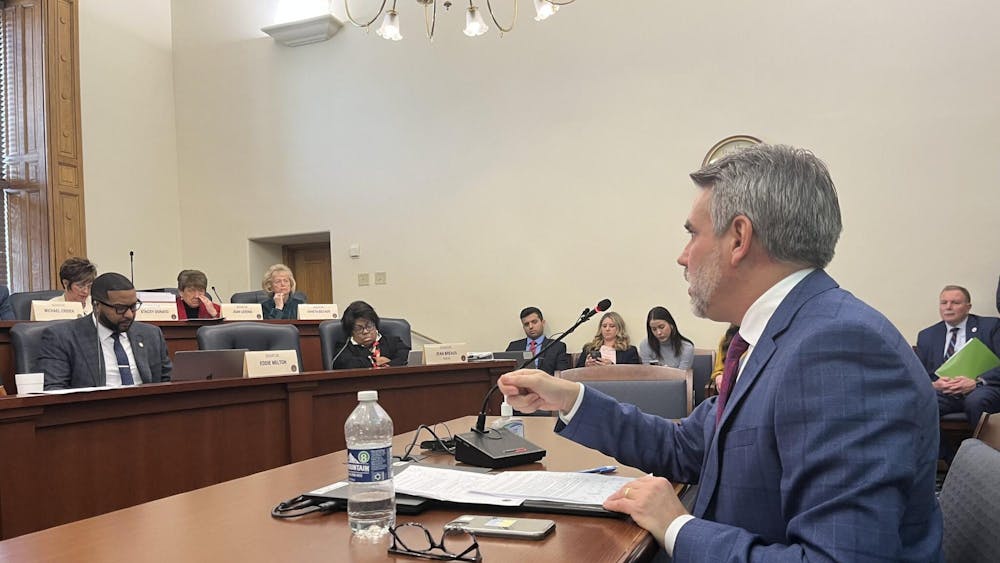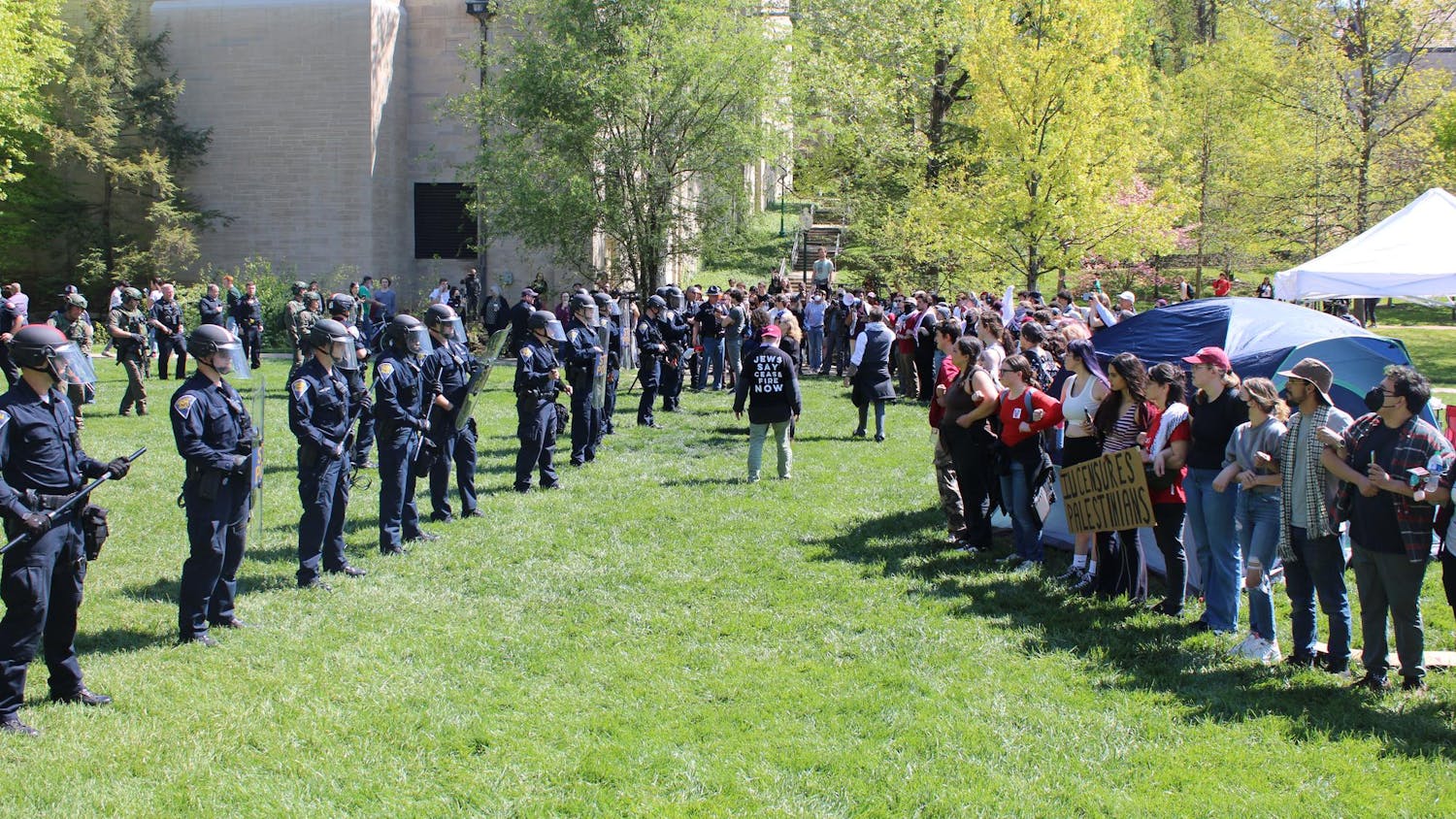In what is now known as the worst drought in the U.S. in nearly a half-century, farmers across the state are preparing for substantial financial losses as their barren fields struggle to produce crops. While farmers are expected to feel the heat the most, the drought will impact all consumers.
According to figures released Wednesday by the Department of Agriculture, rising costs of corn will cause poultry prices to increase 3.5 to 4.5 percent this fall.
Beef is expected to rise 4 to 5 percent, dairy products will increase 3.5 to 4.5 percent, eggs will increase by 3 to 4 percent and pork is expected to rise 2.5 to 3.5 percent.
Corn currently costs about $8 per bushel.
“The biggest issue for animal producers is the cost of feed,” said Gary Truitt, administrator of Indiana Farm Direct.
“Because the corn crop is small and the price of corn has gone up significantly, the cost of feeding animals is going to be significantly higher. So, you’re going to have to either charge more for the meat that you sell, or you’re going to have to take a financial loss.”
Indiana Farm Direct is a website linking Indiana farmers to consumers interested in purchasing food directly from the source.
During the 2012 crop year, the Department of Agriculture has designated 1,297 counties across 29 states as disaster areas, including Monroe County.
The U.S. Drought Monitor currently reports that 61 percent of the continental U.S. is in a moderate to exceptional drought.
Due to the drought, all qualified farm operators in these areas are eligible for low-interest emergency loans.
Truitt said he expects the price of meat on grocery store shelves to drop before it increases.
“With the price of feed, farmers are going to send their livestock to market,” he said. “‘I can’t afford to pay to feed these animals anymore. I’m going to send them to market now.’”
After an expected excess of meat products flood the market this fall, Truitt said he anticipates a shortage going into 2013.
Fruits and vegetables will be a little different, he said. As supplies decrease in fall, he said prices will likely rise by 3 and 5 percent. But because crops do not take as long to recover, he expects produce prices will return to a more normal figure in 2013.
The USDA estimated 88 percent of the corn crop this year is now negatively affected by the drought. Soybean crops are producing 77 percent less yield.
“We will see some higher food costs, but there is a lot of things that go into the price of food, and what the farmer gets is only part of that,” Truitt said. “It’s not going to be the end of the world.”
For Indiana Farmer Mark Stoll, who owns Gypsy Ridge Farm and sold a variety of produce at Bloomington’s Tuesday Farmer’s Market, he said green beans were hit the hardest by the worst drought in his memory.
“I’m the only one at market today with green beans,” Stoll said. “It’s just hard to grow them in the drought.”
So far, the green beans are the only product he offered Tuesday at a higher rate than normal, asking an additional 25 cents per box.
His cornfields are also struggling, he said. In fact, if it weren’t for his farm’s irrigation system, he said his cornfields would be empty.
Food prices to rise due to drought

Get stories like this in your inbox
Subscribe





